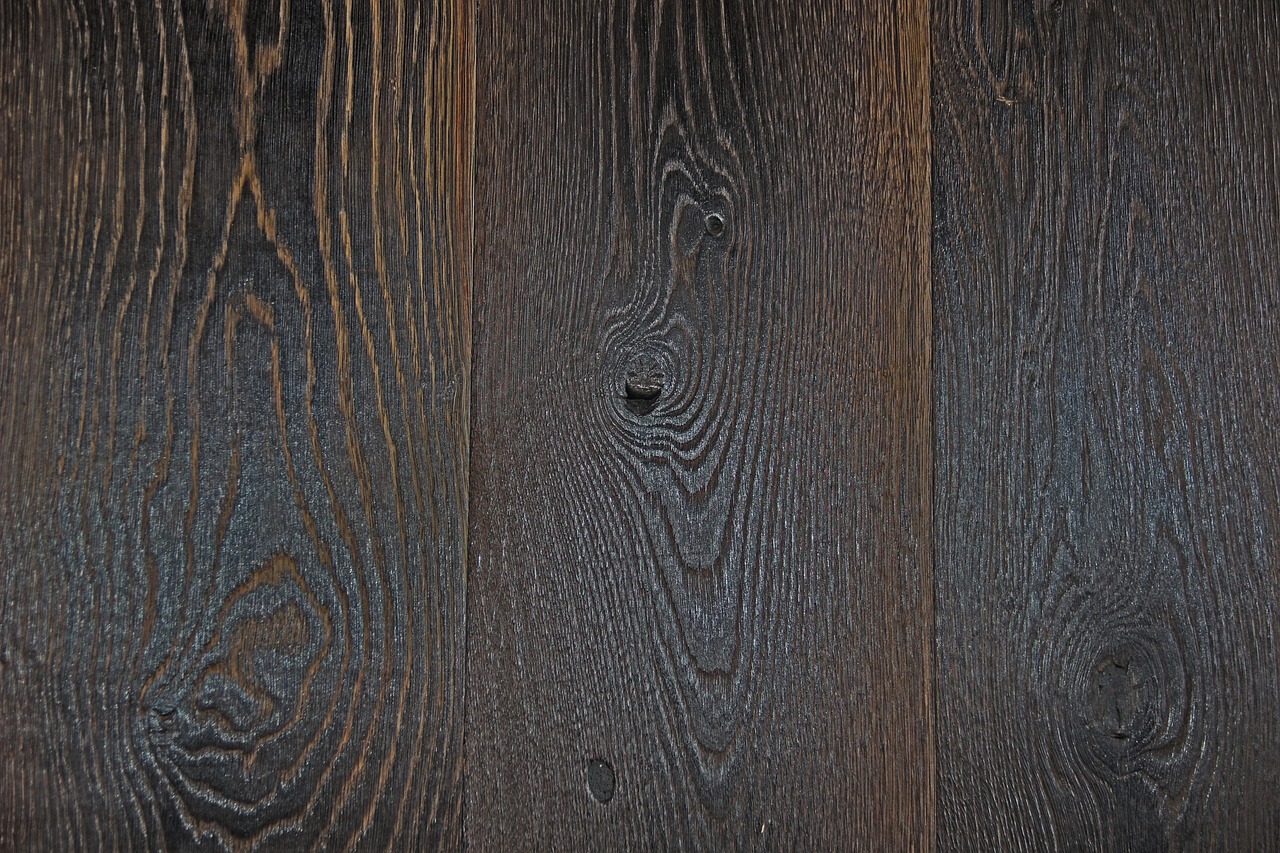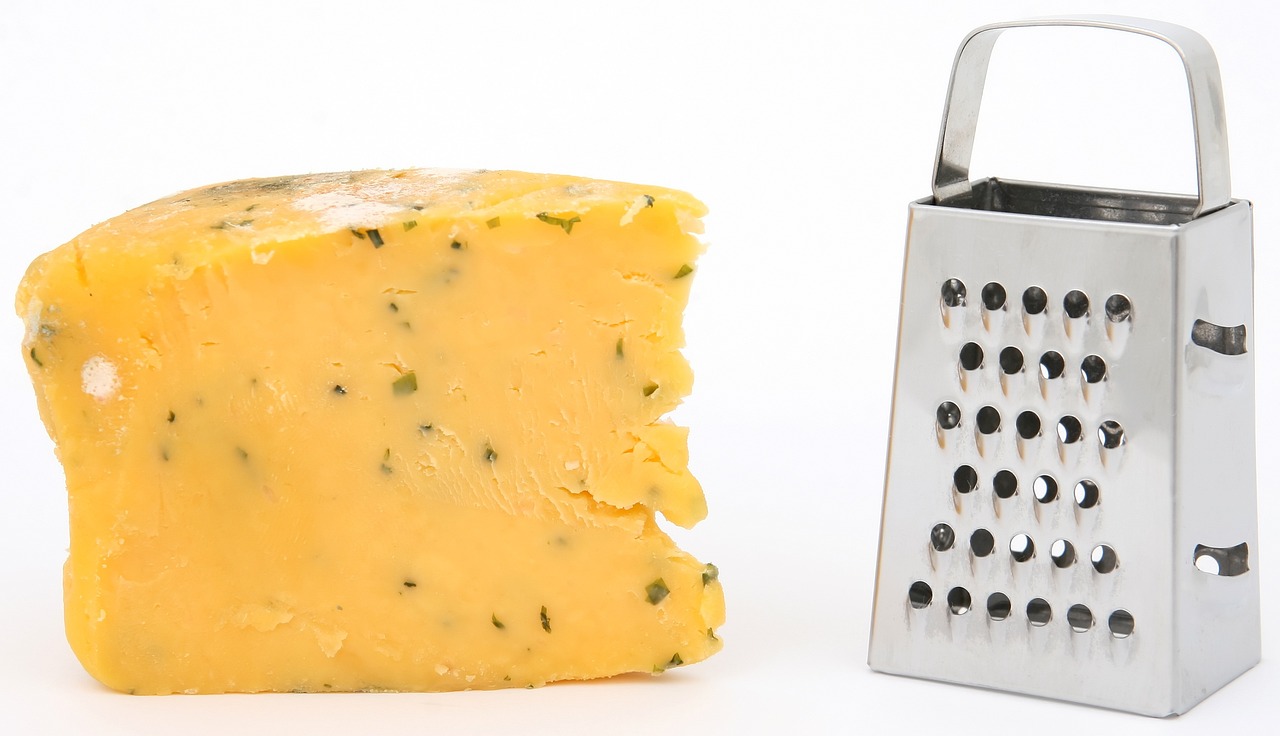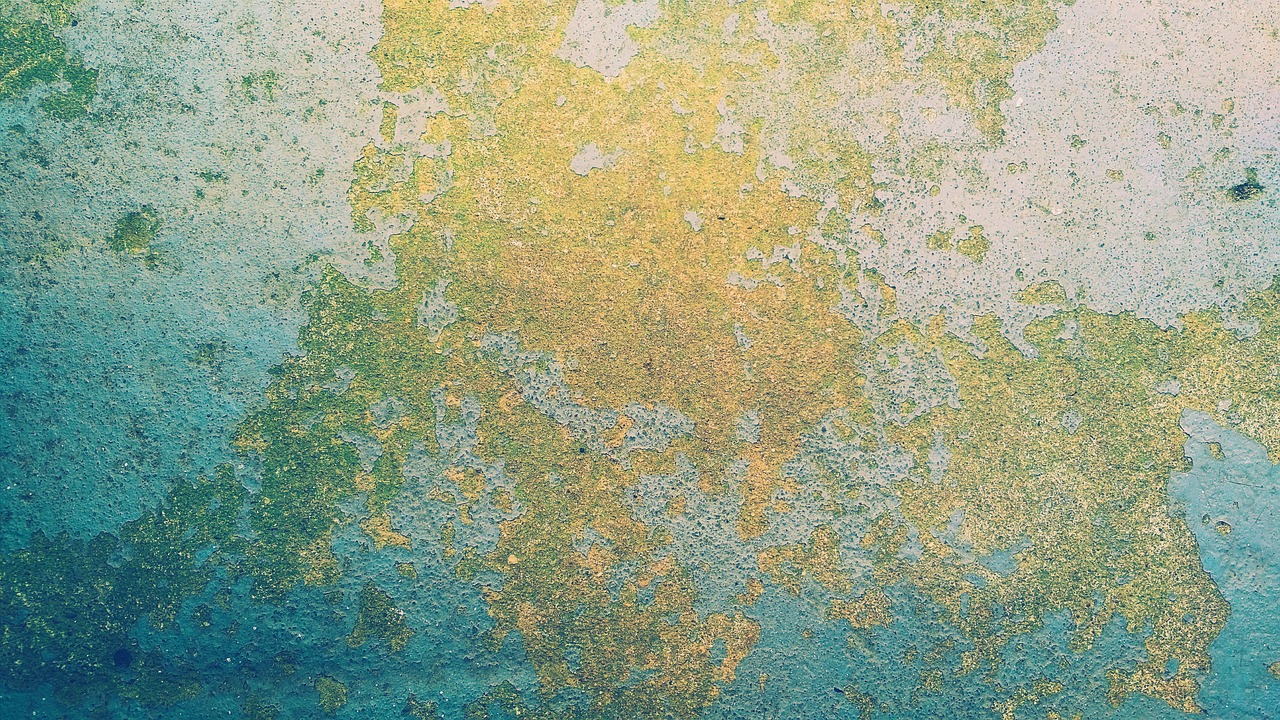Wine aging is a crucial step in the winemaking process that allows the wine to develop and enhance its flavors and aromas over time. There are several different techniques used to age wine, each with its own unique effects on the final product. In this article, we will explore the various wine aging techniques and their impact on the characteristics of the wine.
Oak Aging
Oak aging is one of the most popular and traditional methods of aging wine. The wine is aged in oak barrels, which imparts specific flavors and aromas to the wine. The type of oak used, such as French oak or American oak, can influence the flavor profile of the wine. Oak aging can add notes of vanilla, spice, and caramel to the wine, as well as provide structure and complexity. This technique is commonly used for aging red wines, such as Cabernet Sauvignon and Merlot.

Related Article: How to Paint Inside Wine Bottles
One creative way to repurpose wine bottles is by painting them from the inside. This technique allows you to create beautiful decorative pieces that showcase your artistic skills. Whether you want to create a unique centerpiece or a personalized gift, painting inside wine bottles can be a fun and rewarding project. Read on to learn how to paint inside wine bottles and unleash your creativity.
Related Article: How to Drink Chocolate Wine
Chocolate wine is a decadent and indulgent treat that combines the rich flavors of chocolate with the complexity of wine. It can be enjoyed on its own as a dessert wine or paired with chocolate-based desserts for a truly heavenly experience. If you’re curious about how to drink chocolate wine and want to explore its delicious flavors, this article is for you.
Stainless Steel Aging
Stainless steel aging is a more modern technique that is commonly used for white wines. Aging the wine in stainless steel tanks helps to preserve the natural fruit flavors and aromas while preventing any influence from oak. This technique is ideal for wines that are meant to be consumed young and fresh, as it maintains their crispness and brightness. Stainless steel aging is often used for varietals like Sauvignon Blanc and Pinot Grigio.

Bottle Aging
Bottle aging is the process of aging wine in the bottle after it has been bottled. This technique allows the wine to evolve and develop over time, as it interacts with the small amount of oxygen present in the bottle. Bottle aging is commonly practiced for high-quality red wines, such as Bordeaux and Barolo. It can soften the tannins and integrate the flavors, resulting in a more harmonious and complex wine.
Concrete Aging
Concrete aging is a unique technique that is gaining popularity in the wine industry. The wine is aged in concrete tanks, which provide a neutral environment for the wine to mature. Concrete aging allows the wine to retain its natural flavors and aromas while adding a subtle texture and complexity. This technique is often used for both red and white wines, particularly those that benefit from extended aging, such as Tempranillo and Chardonnay.

In conclusion, wine aging is a crucial step in the winemaking process that allows the wine to develop and enhance its flavors and aromas. Whether it’s through oak aging, stainless steel aging, bottle aging, or concrete aging, each technique offers its own unique effects on the final product. By understanding these various aging techniques, wine enthusiasts can appreciate and enjoy the complexities and nuances that aging brings to their favorite wines.

